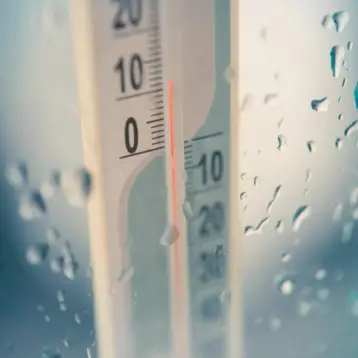Engineers and scientists from the University of Texas in Austin have recently discovered the use of graphene, a relatively new, one-atom thick carbon based material, as a means to store electrical charge in an ultracapacitor. This new breakthrough could ultimately double the capacity of existing ultracapacitors, which are manufactured using an entirely different form of carbon. Better ultracapacitors could lead to improved cellular electronics, power conditioning, uninterruptible power supplies (UPS), industrial lasers, medical equipment and hybrid vehicles.
The two main methods used to store electrical energy today are via rechargeable batteries and ultracapacitors which are becoming more widespread (although they are still not nearly as popular as rechargeable batteries). An ultracapacitor can be used in a wide range of energy capture and storage applications. Some advantages of ultracapacitors over more traditional energy storage devices include: potential higher power capacity, longer life, a wider thermal operating range, reduced weight, more flexible packaging and lower maintenance costs.
Rod Ruoff and his team at the University of Texas prepared chemically modified graphene material and, using several types of common electrolytes, have constructed and electrically tested graphene-based ultracapacitor cells. The amount of electrical charge stored per weight of the graphene material has already rivaled the values available in existing ultracapacitors, and modeling suggests the possibility of doubling the capacity in the future.
According to the U.S. Department of Energy, an improved method for storage of electrical energy is one of the main challenges preventing the substantial installation of renewable energies such as wind and solar power. When dealing with such energies, storage is vital for times when the wind doesn’t blow or the sun doesn’t shine and during those times, the stored electrical energy can be delivered through the electrical grid as needed.
This technology has the promise of significantly improving the efficiency and performance of electric and hybrid cars, buses, trains and trams. Even everyday devices such as office copiers and cell phones could benefit from the improved power delivery and long lifetimes of ultracapacitors.
TFOT recently covered a new ultracapacitor based flashlight called Light For Life which can reach full-recharge time in 90 seconds, as well as other energy related stories including energy efficient microwaveable ceramics, polymer electric storage and a solar powered trash compacter.
More information on the improved ultracapacitors can be found on the University of Texas website.











